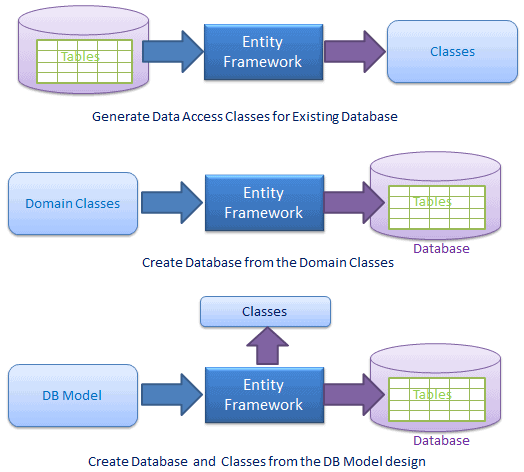

Note: At the time of writing this post there's a known with support for. The EF Core tools run in the context of the dotnet CLI. You can have a look at all the available CLI options in the official docs - ( " target="_blank). You don't want to hand-roll your models, definitely not! So how would you do it? Using the EFCore Tools and CLI to scaffold your codeĮF Core comes with an awesome CLI that can help you manage many aspects of EF Core in your project. There are though those cases that you may already have a database in place. In most cases, you will use the Code-First approach, especially if it's a new project with no back-end. If EF Core fits your needs, then you're up for a treat, considering that it comes with significant performance improvements, smaller footprint and a lot of cool features to help you get your Data Access Layer (DAL) set up quickly. There are other limitations so make sure you have a look at ( " target="_blank) for API changes in 2.0 and also at the list of providers that may or may not be supported yet.

edmx so if you want to stick with the designer feature you will need to use EF6. I say at the top and not the only one because depending on the project requirements, some features may be missing. NET application then EF Core should be at the top of the list of possible options.

NET Core, ef core, command line, CLIĮF Core 2.0 has been out for a few weeks now. Scaffolding DbContext and Models with EntityFramework Core 2.0 and the CLI 07 September 2017


 0 kommentar(er)
0 kommentar(er)
